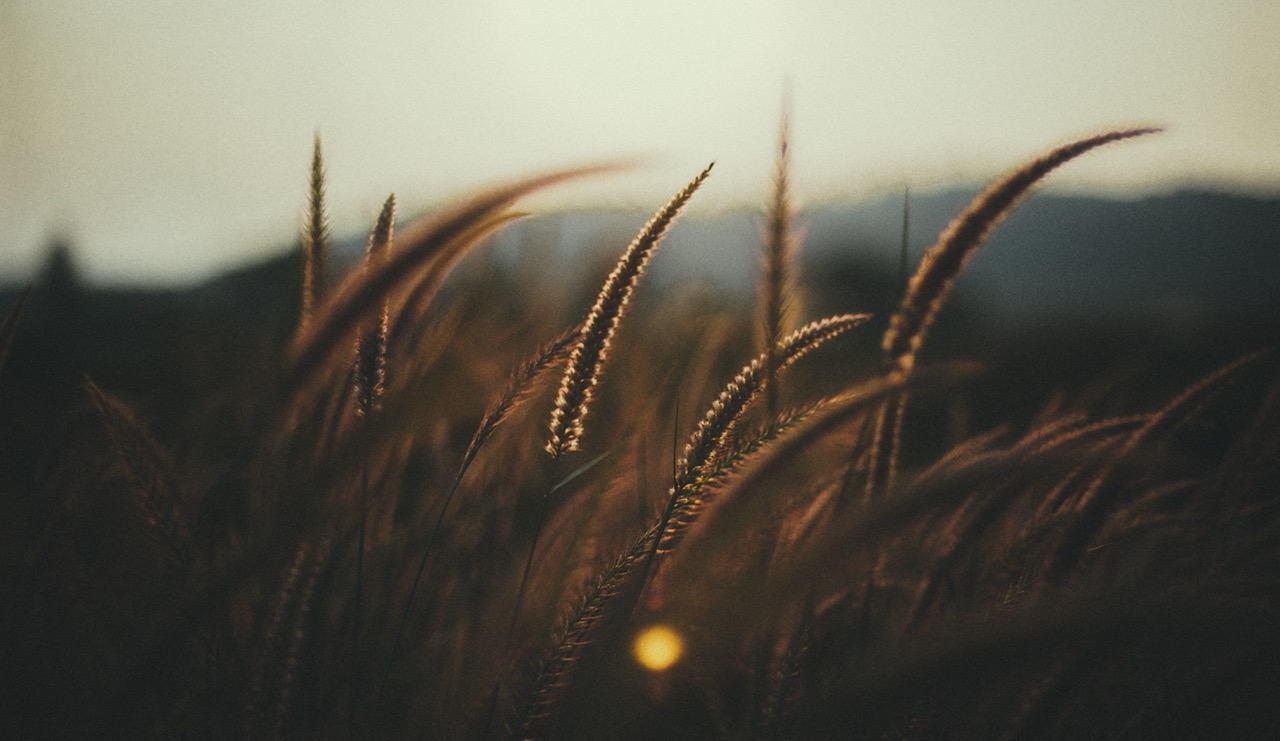A Crucial Climate Mystery Hides Just Beneath Your Feet
Author: Nathanael Johnson | Published: April 4, 2017
What Jonathan Sanderman really wanted was some old dirt. He called everyone he could think of who might know where he could get some. He emailed colleagues and read through old studies looking for clues, but he kept coming up empty.
Sanderman was looking for old dirt because it would let him test a plan to save the world. Soil scientists had been talking about this idea for decades: Farmers could turn their fields into giant greenhouse gas sponges, potentially offsetting as much as 15 percent of global fossil fuel emissions a year, simply by coaxing crops to suck more CO2 out of the air.
There was one big problem with this idea: It could backfire. When plants absorb CO2 they either turn it into food or stash it in the ground. The risk is that if you treat farms as carbon banks, it could lead to smaller harvests, which would spur farmers to plow more land and pump more carbon into the air than before.
Back in 2011, when Sanderman was working as a soil scientist in Australia (he’s now at Woods Hole Research Center in Massachusetts), he’d figured out a way to test if it was possible to produce bumper crops on a piece of land while also banking carbon in it. But first, he needed to get his hands on that really old dirt.
Specifically, he needed to find a farm that kept decades of soil samples and precise records of its yields. That way he could compare the amount of carbon in the soil with the harvest and see if storing carbon kneecapped production.
Sanderman’s office was in the southern city of Adelaide, directly across the street from the Waite Agricultural Research Institute. The researchers there supposedly had the soil and records that Sanderman needed, dating back to 1925. But no one had any idea where to find the dirt. After numerous dead ends, a chain of clues led Sanderman into the basement of a big research building down the road, covered in greenhouses.
The basement was a big, dimly lit room full of floor-to-ceiling shelves crammed with boxes in various stages of disarray. He walked the rows slowly, scanning up and down until they were in front of his nose: scores of gallon jars made of thick, leaded glass with yellowing labels. “Like something you’d find in a second-hand store and put on your shelf,” Sanderman says.
He felt a rush of excitement. Then he squinted at the labels. There were no dates or locations. Instead, each bore a single series of numbers. It was a code, and Sanderman had no clue how to crack it.
The question that Sanderman wanted to answer was laid out by the Canadian soil scientist Henry Janzen. In 2006, Janzen published a paper, “The soil carbon dilemma: Shall we hoard it or use it?” Janzen pointed out that since the dawn of agriculture, farmers have been breeding crops that suck carbon out of the air and put it on our plates, rather than leaving it behind in the soil.
“Grain is 45 percent carbon by weight,” Janzen told me. “So when you truck away a load of grain, you are exporting carbon which, in a natural system, would have mostly returned to the soil.”
Janzen has the rare ability to explain complicated things with such clarity that, when talking to him, you may catch yourself struck with wonder at an utterly new glimpse of how the world works. Plants, he explained, perform a kind of alchemy. They combine air, water, and the sun’s fire to make food. And this alchemical combination that we call food is, in fact, a battery—a molecular trap for the sun’s energy made of broken-down CO2 and H2O (you know, air and water).
Sugars are the simplest batteries. And sugars are also the building blocks for fat and fiber, which are just bigger, more complicated batteries. Ferns, trees, and reeds are the sum of those parts. Bury these batteries for thousands of years under conditions of immense heat and pressure, and they transform again—still carrying the sun’s energy—into coal, oil, and gas.

